Adjacent Buildings
By Geoffrey McCafferty (2008)
When Cortes described Cholula in 1519, he claimed that there were more than 400 pyramids in the city. Most of these have been torn down, but several large mounds still rise above the modern construction. Unfortunately, little archaeological attention has been devoted to these and modern development threatens to destroy the remaining structures. For example, a large adobe nucleus stands about 500 m southwest of the Great Pyramid (Fig. 1). Its original facades are completely gone, and no superficial evidence indicates what the original dimensions may have been. The structure is built of adobe bricks, similar to the Great Pyramid itself, so is likely of comparable antiquity.
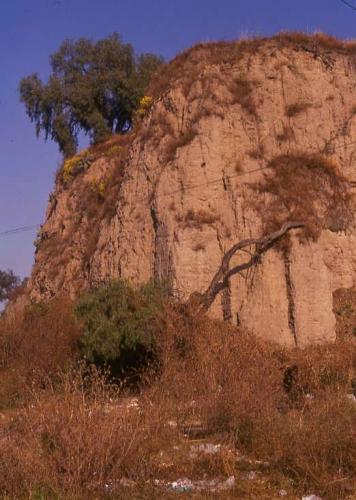
Figure 1: Adobe nucleus of prehispanic mound
A second large mound is located due west of the Great Pyramid, across a broad plaza no used as a playground. Known by contemporary residents as Cerro Acozoc, this is likely the Cerro Cocoyoc mentioned in the Codice de Cholula. This is an elongated mound of roughly 15 m in height that was probably part of a plaza group with the Great Pyramid (Fig. 2). The north and south sides of the mound have been cut away by road construction (Figs. 3), revealing interior architectural features including a concave talud similar to that found on the Patio of the Altars and likely dating to the Early Tlachihualtepetl phase (c. 700-900 CE). The west side of the Cerro Acozoc is a raised platform, likely a temple compound associated with the pyramid (Fig. 4); the plowzone of this platform contains numerous large fragments of Middle Tlachihualtepetl period Ocotlan Red Rim pottery.
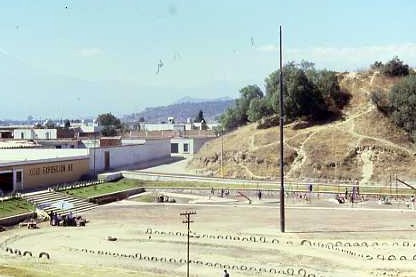
Figure 2: Cerro Acozoc/Cocoyoc from the Great Pyramid
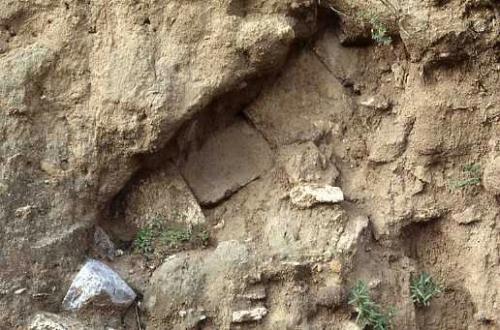
Figure 3: Detail of concave talud in road cut on south side of Cerro Acozoc/Cocoyoc

Figure 4: Platform associated with west side of Cerro Acozoc/Cocoyoc
Off the northeast corner of the Great Pyramid is another large mound, known only as the Edificio Rojo (Fig. 5). Excavations were conducted there in the 1930s, though very little is known of what they revealed. Eduardo Noguera (1956) reports that Late Formative period pottery was encountered during tunneling into the mound. Sergio Suarez Cruz found original field notes that indicate that there were murals, in red paint, on the southern tablero, but unfortunately no photos or even drawings exist, and only remnants of the paint is still visible. The Edificio Rojo is roughly 10 m in height, and while it was originally a separate building it was probably incorporated into the final mass of the Great Pyramid. This is indicated by 3 m of fill above the top of the stairs that are sealed by subsequent plaster floors (Fig. 6). The exposed south facade consists of two levels of talud/tablero architecture on either side of a large staircase (Fig. 7). Projecting from the staircase is a 'pop-out' platform reminiscent of El Tajin (Fig. 8). Clearing of the plaster plaza around the base of the staircase revealed circular postholes that could have been used for banners, again similar to El Tajin.
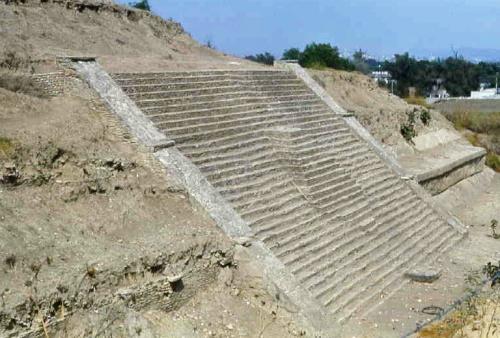
Figure 5: South face of Edificio Rojo, from west
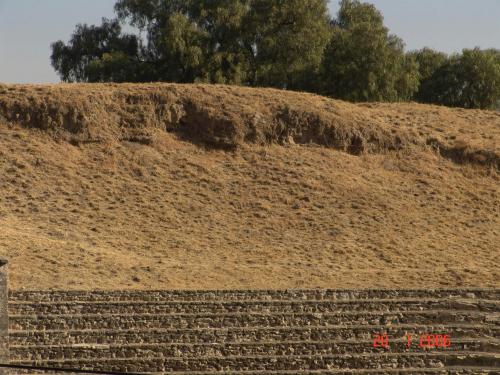
Figure 6: Detail of fill above staircase, with plaster floors sealing sub-floor deposits
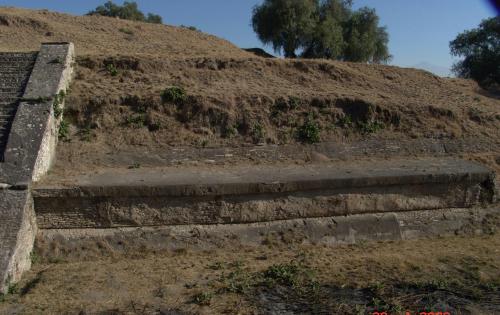
Figure 7: Detail of talud/tablero facade

Figure 8: Detail of staircase and 'pop out' platform
Artificial elevations continue to the south, away from the base of the Great Pyramid. For example, during the 1960s a young Mexican archaeologist, Eduardo Matos Moctezuma (later to become so prominent for his excellent research projects throughout central Mexico), was sent out to dig a stratigraphic pit about 100 m south of the Patio of the Altars. He encountered Edificio 1 (Fig. 9), a low platform mound that probably dated to the Early Tlachihualtepetl phase based on described artifacts (Matos Moctezuma 1968). That there was no superficial mound implies that the area around the mound had been intentionally filled during subsequent platform construction, and in fact remnants of a plaster surface were detectable in the fill profile around Edificio 1. The building was covered over in the 1980s to create a soccer field.
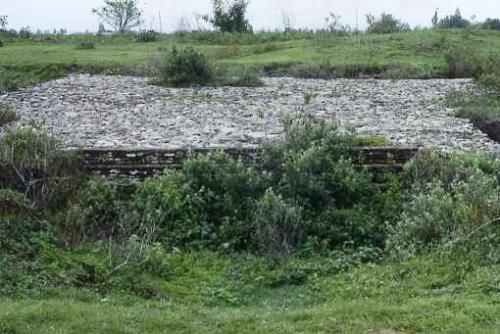
Figure 9: Edificio 1, an Epiclassic period platform mound
Still further south from the Great Pyramid are remains of a patio, probably from an elite residential compound dating to the Classic period. These were discovered during rescue excavations relating to the construction of the Hotel Villas Arqueologicas. Unfortunately no report was ever generated from the initial rescue project, so contextual evidence is largely lacking. In the early 1980s, a class project under the supervision of Dr. Michael Lind mapped the exposed architecture of the patio and associated staircase (Fig. 10). While the patio probably dated to the Classic period, intrusive features (including two ceramic kilns) dated to the Early Postclassic period. Later rescue excavations directed by Sergio Suarez Cruz encountered an extensive Middle Formative midden, a cache of Early Classic vessels, and a Contact period house; these are reported in the MA thesis of Charles Caskey ( ).
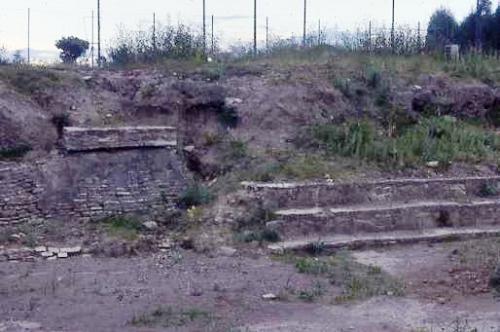
Figure 10: Staircase associated with Classic patio at Hotel Villas Arqueologicas
Cortes' claim of more than 400 pyramids has given rise to the urban myth of 'a church for every day of the year' that is often reported in guide books. In fact, there are only about 60 churches in Cholula, though this is still a large number for a relatively small city. In addition to the church on top of the Great Pyramid, several other churches in town are built on the ruins of ancient mounds. Residents still recall levelling of other mounds in order to clear agricultural fields. There is still considerable potential for future archaeological research in Cholula!

